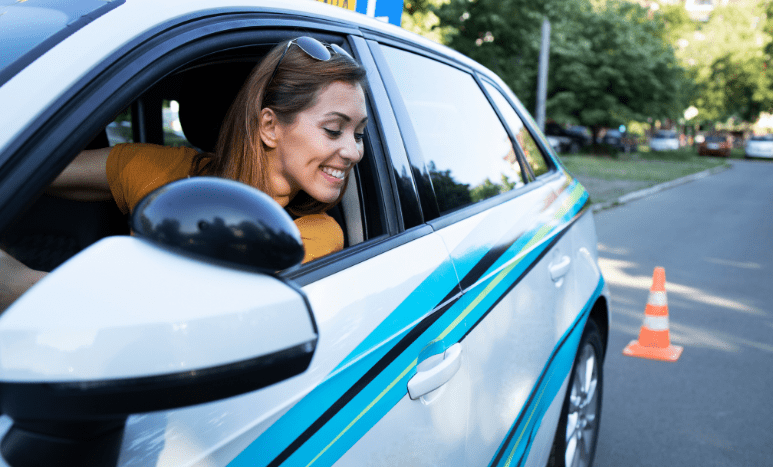Not all used-car sellers are out to saddle you with future repair costs that they sneak past you during the purchase transaction. This is why you need to make sure that you’re buying from a reputable seller, whether a dealership or an individual. However, just because you’re dealing with a reputable seller doesn’t mean you can go ahead and buy the car without making sure that it’s the right car for you.
This is why you shouldn’t skip a test drive.
Here are 6 test driving tips if you’re shopping for a used car:
1. Do a pre-test inspection.
Before getting into the car, check to make sure there are no damages in the parts and components:
- Tire treads
- Suspension
- Body and paintwork
- Lights, indicators, and lenses
- Seatbelts
- Seat and steering wheel adjustments
- Windows and mirrors
- Ventilation
- Trunk
- Equipment such as central locking, stereo, interior lights, trip computer (if any)
- Steering wheel controls (if any)
- Sat-nav (if any)
Also, the mileage should be consistent with the paperwork; the wear on the car should be consistent with the miles on the clock.
2. Start with the engine cold.
Starting with a cold engine will help you spot any starting problems. Feel the bonnet to make sure the engine is cold. Watch out for excessive smoke when you start the car and while you’re driving.
3. Take notes.
As you’re driving, the engine should be quiet and smooth. Any unusual noises or rattles could be a sign of problems.
The steering should feel even and responsive; it shouldn’t vibrate or feel slack.
Gear shifts shouldn’t create a crunching noise. The clutch bite has to be at a good point—that is, the pedal shouldn’t be too high when the clutch bites; otherwise, you could have a worn clutch.
They should be responsive, and when you brake, the car should stop in a straight line.
Test the sound for a certain stretch of the drive, but you’ll want to switch it off so you can listen for any noises that signal problems.
Are you comfortable in the driver’s seat? Can you get in and out of the car easily? No matter how much you like a particular model, the more important consideration is whether it fits you.
4. Listen for unusual noises.
Turn off the air-conditioner or heater fan every now and then, but don’t roll the windows down. Otherwise, sounds coming from outside of the car (wind, tires, traffic, etc.) may distract you from any sounds that signal trouble regarding the car’s condition. Isolate any troubling sounds by adjusting your speed or switching pavement.
5. Take your regular routes.
Drive your daily routes to see how the car handles the particular road conditions and traffic situations that you deal with every day. In addition, try the car out on different kinds of roads—narrow, uneven, winding, etc.
6. Drive as you normally do.
You will be using the car regularly, so you need to see whether it handles well with the way you drive.
Doing your research before getting behind the wheel and paying attention when you’re behind the wheel are two of the most important requirements if you’re shopping for a used car. An older/used car that is in great working condition can give you many years of great driving—as long as you do your part in ensuring it stays that way.
Get peace of mind owning and driving a used car with an EverCare vehicle service contract along with our ancillary products like road assistance and our EverKey.

